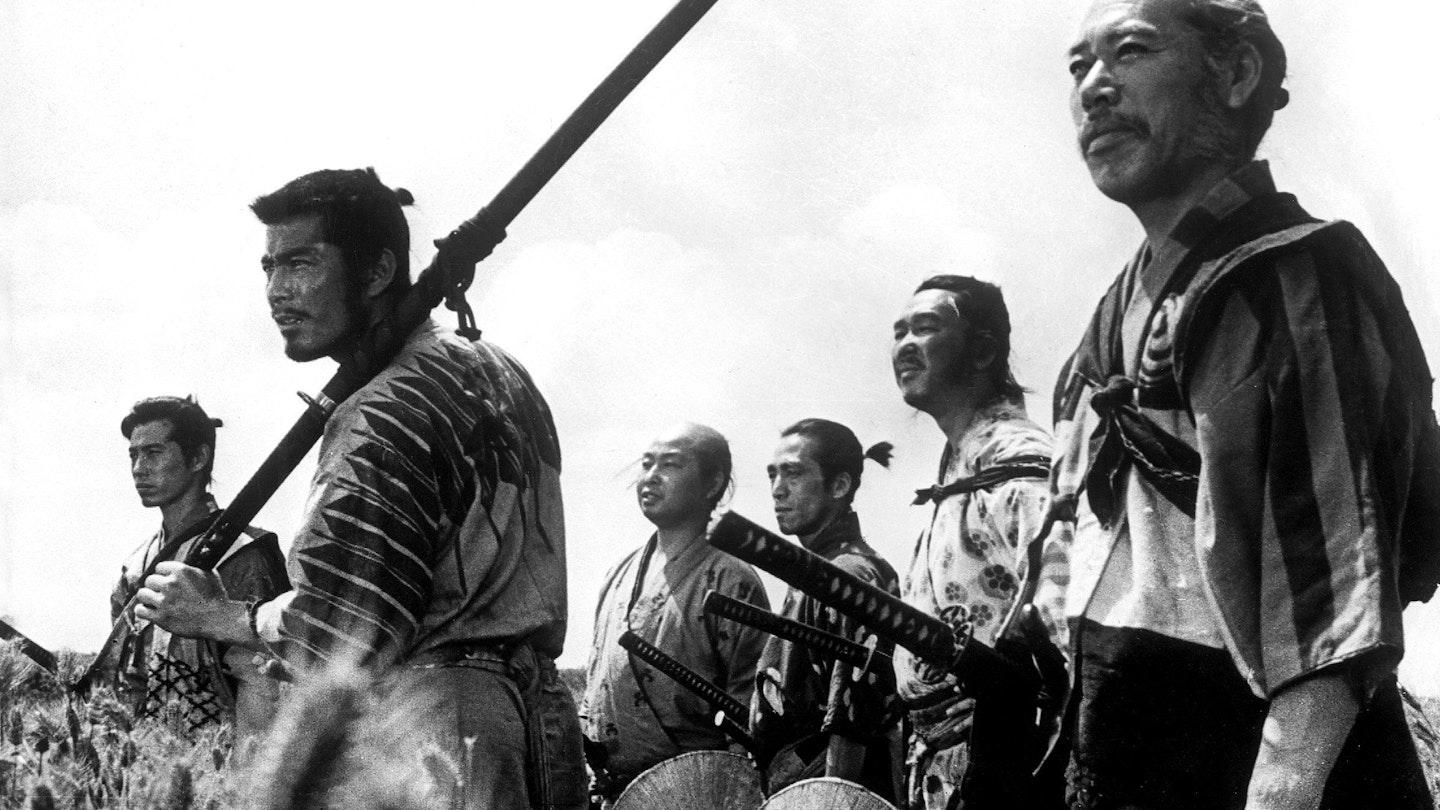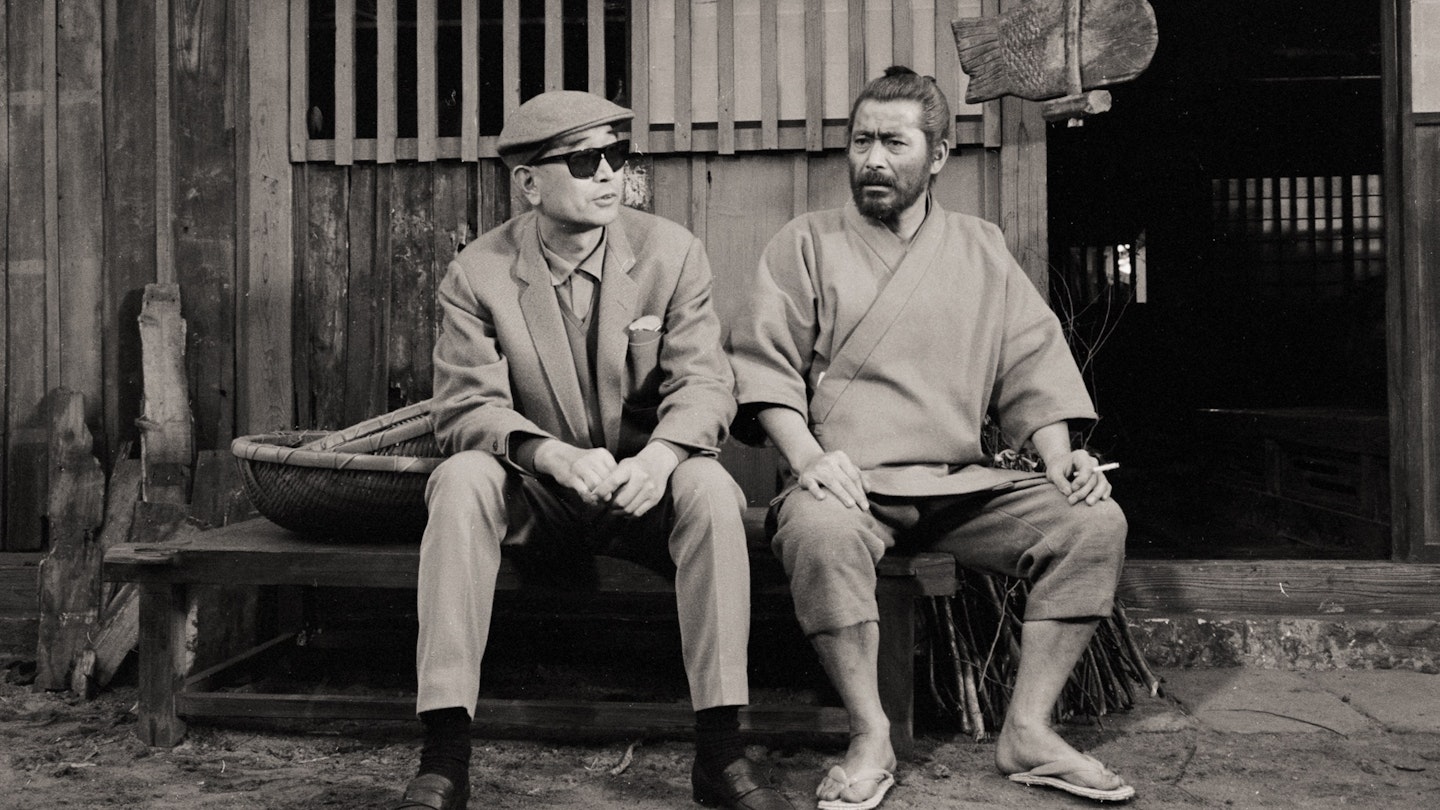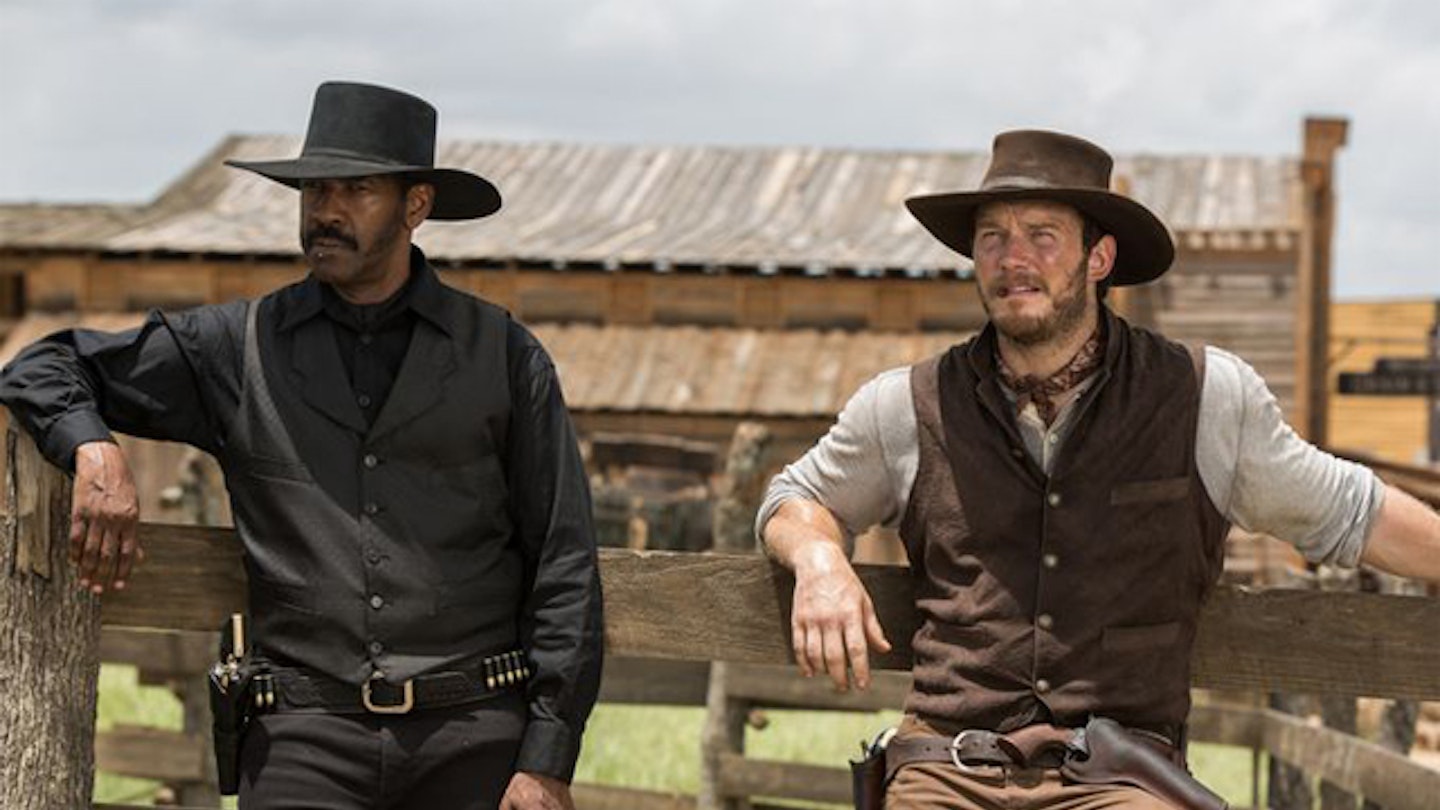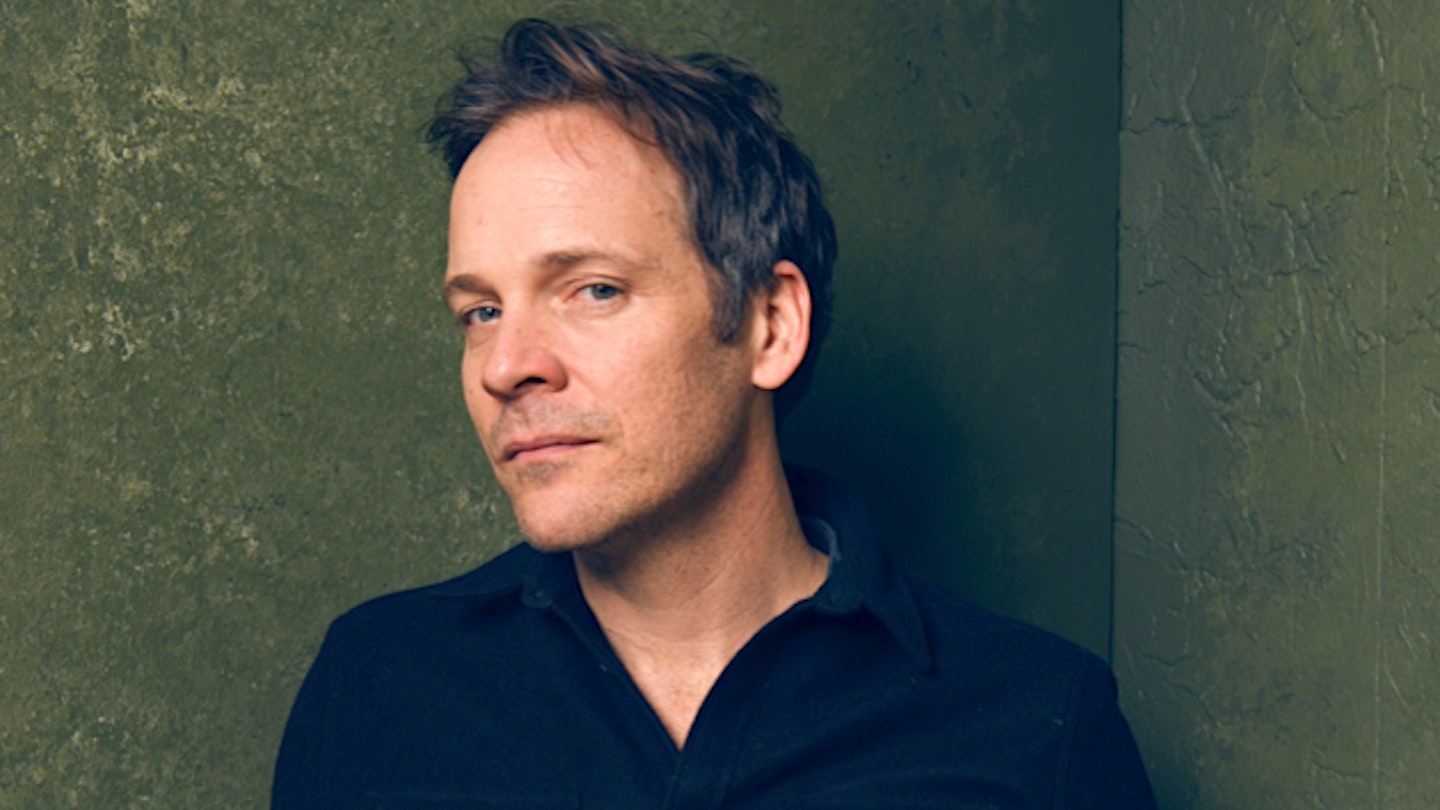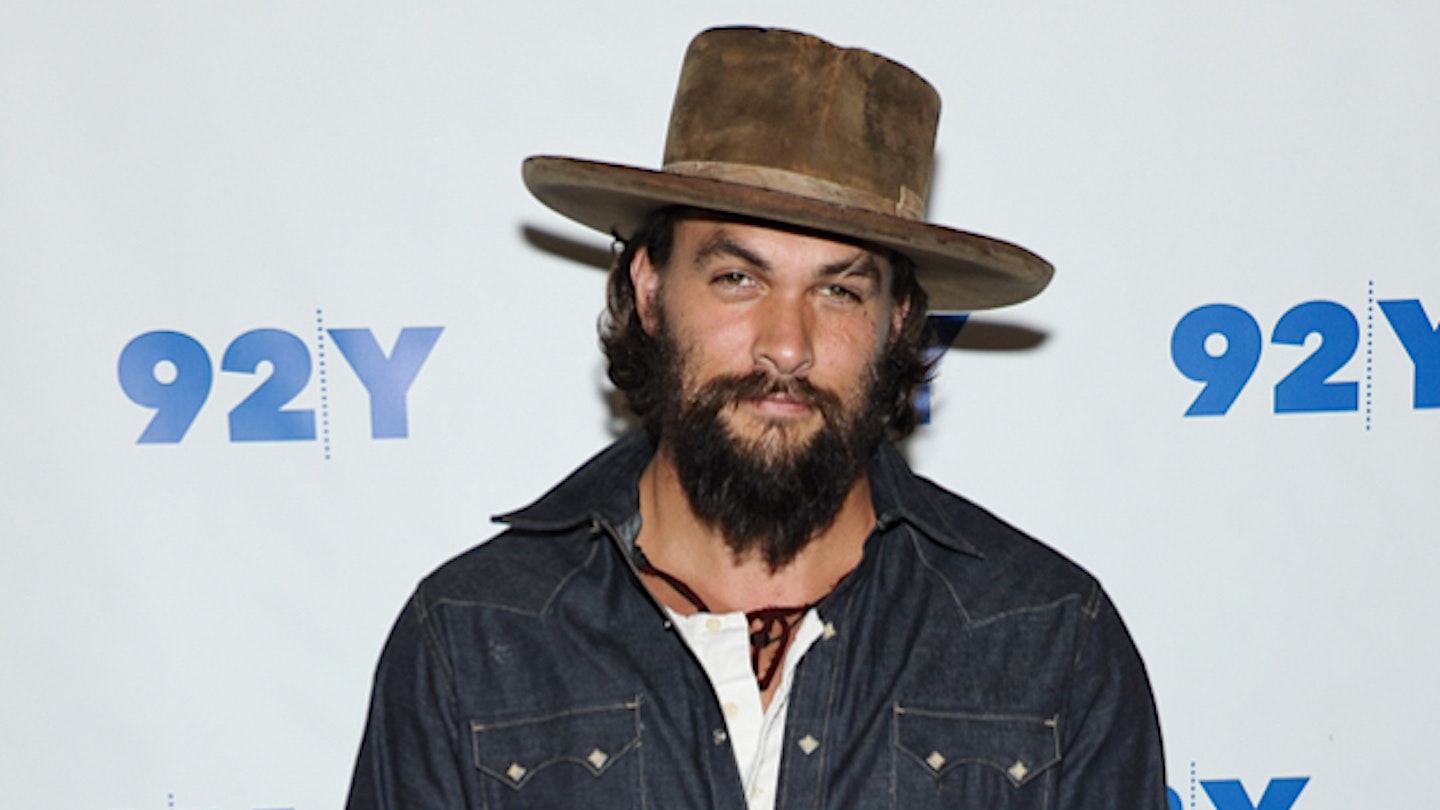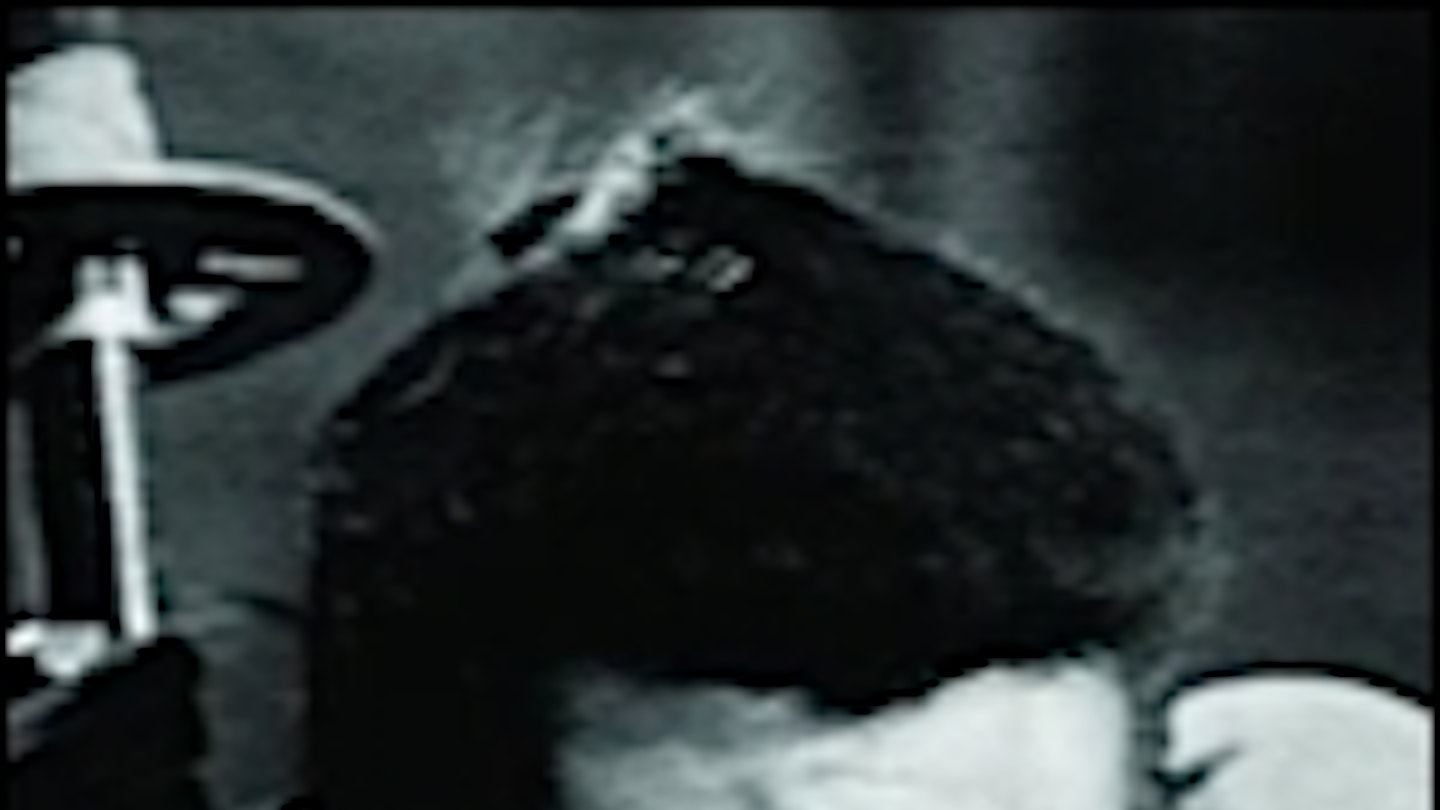Any pub quiz clod can name the Magnificent Seven, even down to Brad Dexter. But only a true sensei of movie trivia can list all of the Seven Samurai — Takashi Shimura (Kambei), Toshiro Mifune (Kikuchiyo), DaisukeKato (Shichiroji), Yoshio Inaba (Gorobei), Seiji Miyaguchi (Kyuzo), Minoru Chiaki (Heihachi) and Isao Kimura (Katsushiro).
Period-set tales of swordplay (chambara films) had been a staple of Japanese popular cinema since the silent era, holding the same place in the affections of the home audience that the Western did for Americans or the Boys' Own Adventure for the British. However, by the 1950s, with Japan's martial heritage tainted by the country's conduct during World War II and loss of face after the Allied victory, the form fell into a decline.
Until, that is, Akira Kurosawa stepped in. An established director who had earned an international reputation with Rashomon in 1950, Kurosawa was an admirer of the Hollywood method and saw in the chambara an opportunity to fashion a high adventure along the lines of John Ford's Stagecoach or George Stevens' Gunga Din. It is no surprise that Seven Samurai could so easily be remade as The Magnificent Seven (1960) — not to mention Battle Beyond The Stars (1980), The Seven Magnificent Gladiators (1983), World Gone Wild (1988) and A Bug's Life (1998) — because it draws so much of its plot and character from the Wild West.
The film opens with some swift plot groundwork. A farmer overhears a group of bandits agreeing to hold off a raid on a village because the peasants will not have had time to harvest their crops since the last attack. They vow, however, to return after the harvest. In despair, the villagers send emissaries to hire samurai to protect them. The swordsmen of the nearest town are mostly not interested in a venture that pays off only in rice, until — after a vignette modelled on the establishment of Wyatt Earp's heroism in Ford's My Darling Clementine involving the rescue of a child from a robber — Kambei takes the position of group leader, deciding from a description of the village that 40 bandits can be held off with a minimum of seven men.
Here, Kurosawa one-ups Hollywood. Before 1954, even the most epic American adventures featured a lone hero and a stooge posse, or at best two brawling buddies. But here Kurosawa invented the now-familiar device of a heroic leader assembling a team of specialists to meet a challenging task. At well over three hours, the movie has time to give each of the Samurai rich characterisation: Shichiroji is Kambei's long-term right-hand man; Kyuzo is the icy master swordsman; Gorobei signs up because he admires Kambei's heroism; Katsushiro is the youth who yearns to learn from the masters; Heihachi is the second-rate sword, welcomed because of his cheery disposition; and Kikuchiyo (a hyperactive, star-making role for Mifune) is the crazy amateur whose insane clown antics mark him as the wild card in this otherwise dignified, professional pack.
Set in the 16th century, when civil wars had reduced Japan to chaos, the film also speaks to the defeated people of 1954, who regarded the occupying Americans much as the peasants regard both the rapacious bandits and the martially-superpowered samurai. The early stretches, influenced by High Noon, show the farmers as gutless whiners who hide the womenfolk from their would-be protectors. A crunch comes when the samurai discover a cache of armour and weaponry looted from ronin (masterless samurai) who have been caught fleeing from losing battles and murdered by the farmers.
It is only when Kikuchiyo delivers a great speech about the way the samurai have treated the farmers ("You're the son of a farmer, aren't you?" Kambei observes) that the team really bond together and commit to the redemptive purpose of their mission, even if (inevitably) it means most of them will die. Also, by their example and with their training, they enable the farmers to stand up for themselves, recognising that it is the tillers of the soil who must always survive. In his staging of sword duels and mass battles, Kurosawa changed the way action scenes were shot.
Well before Sam Peckinpah hit on the device, he used tiny flashes of slow motion to emphasise moments within busy scenes — usually as wounded characters stagger to their deaths — and before Sergio Leone he recognised the importance of establishing the characters' places within the frame before the fighting starts.
